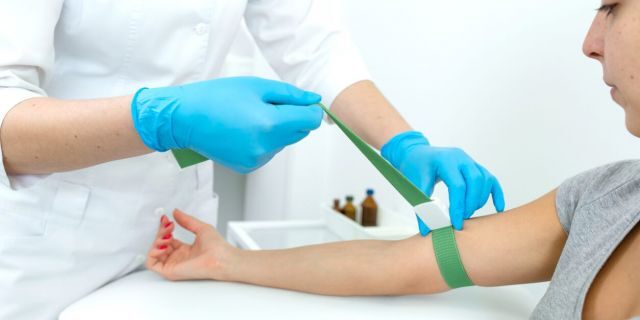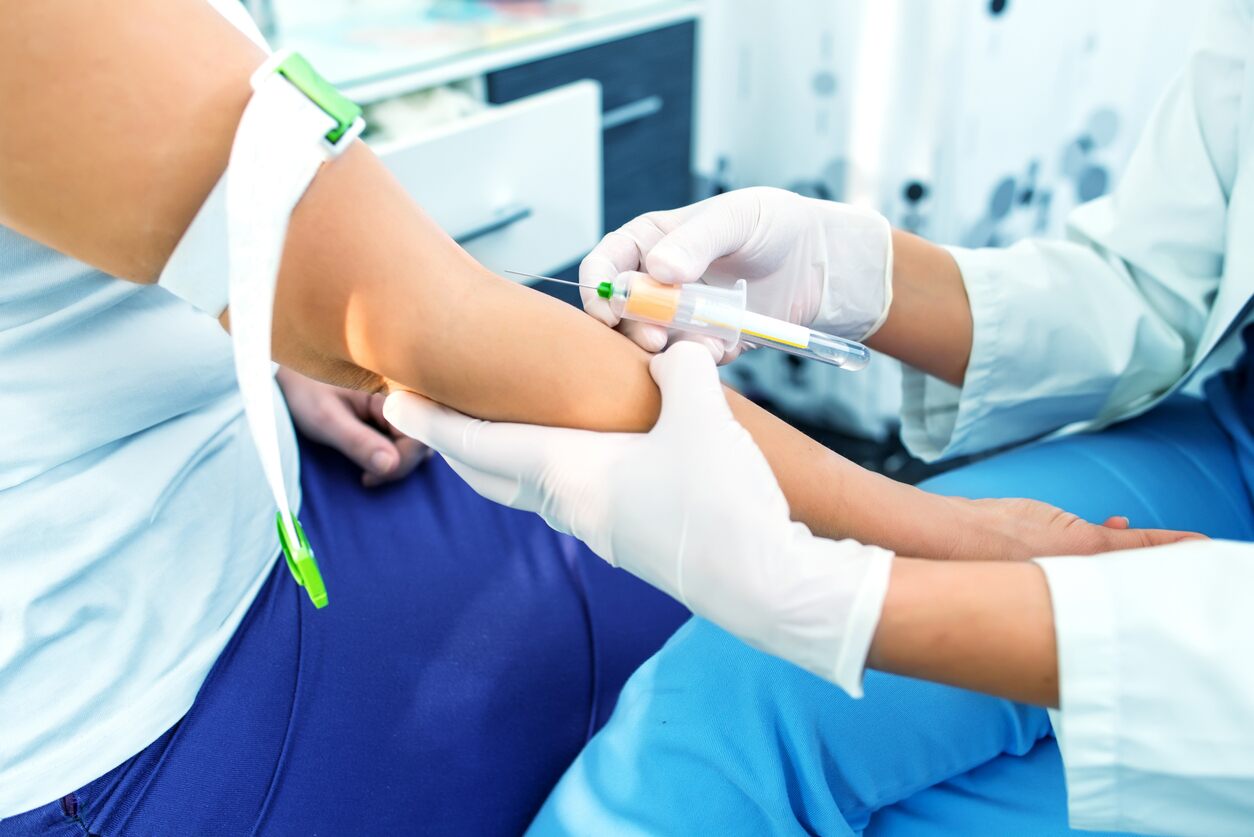[ad_1]
One study conducted at Texas hospitals recently showed convalescent plasma transfusions led to clinical improvement or hospital discharge in 76 percent of coronavirus patients.
The study involved 25 patients with severe coronavirus at the Houston Methodist hospitals from late March to April. They were transfused with convalescent plasma from recovered COVID-19 donors.
CLICK HERE FOR FULL CORONAVIRUS COVERAGE
Plasma from recovered COVID-19 cases is transfused to critically ill COVID-19 patients, with the hope that the antibodies will help the patient fight or neutralize the disease. Study authors say the treatment method has been used to treat microbial infections for more than 100 years. Other doctors began voicing optimism for the plasma transfusions in COVID-19 patients earlier in the pandemic when some cases improved.

Patients with severe coronavirus have been rolling up their sleeves for convalescent plasma transfusions in hopes of improving conditions. (iStock)
The Houston study was published May 26 in The American Journal of Pathology.
WHO SAYS CORONAVIRUS ISN’T MUTATING INTO DANGEROUS FORM
The study’s outcomes focused on safety and the potential benefit of transfusing convalescent plasma to patients with severe coronavirus. Noting several other studies that suggest plasma donations are an effective treatment strategy for COVID-19, the Houston reachers wanted to offer more data on initial clinical observations.
“The data indicate that administration of convalescent plasma is a safe treatment option for those with severe COVID-19 disease,” study authors wrote.
NO NEW CORONAVIRUS CASES REPORTED IN LAKE OF THE OZARKS PARTIERS, HEALTH OFFICIAL SAYS
A week after transfusion, 36 percent of patients showed clinical improvement. Another seven days later, a total of 76 percent, or 19 patients, improved or were discharged from the hospital.
Study authors described the therapy, which was one transfusion of 300 mL of plasma, as “well-tolerated,” and said that “no transfusion-related adverse events were observed.”
[ad_2]
Source link

